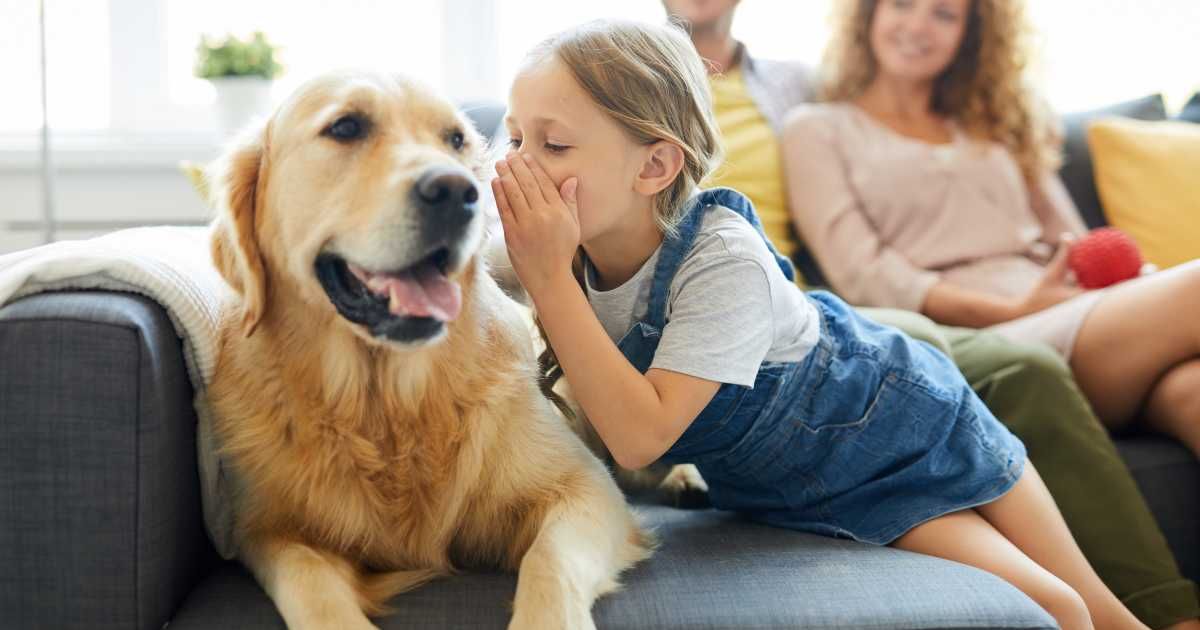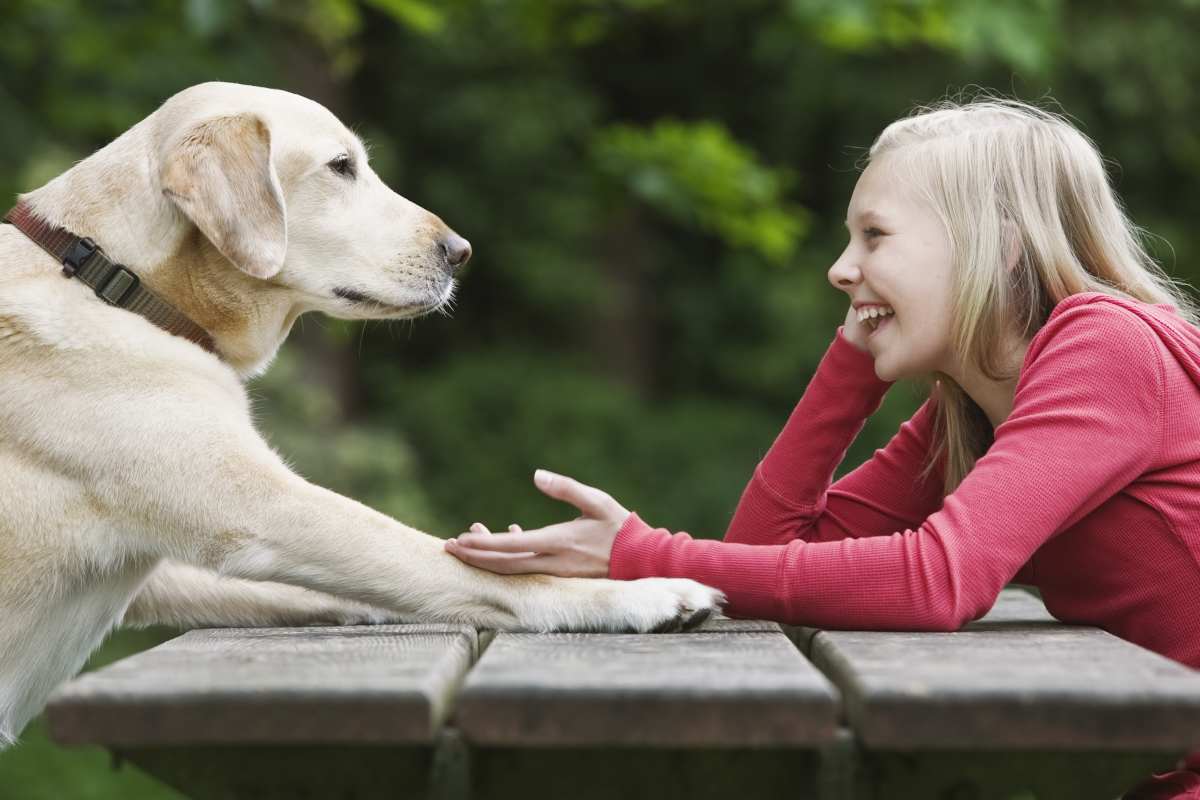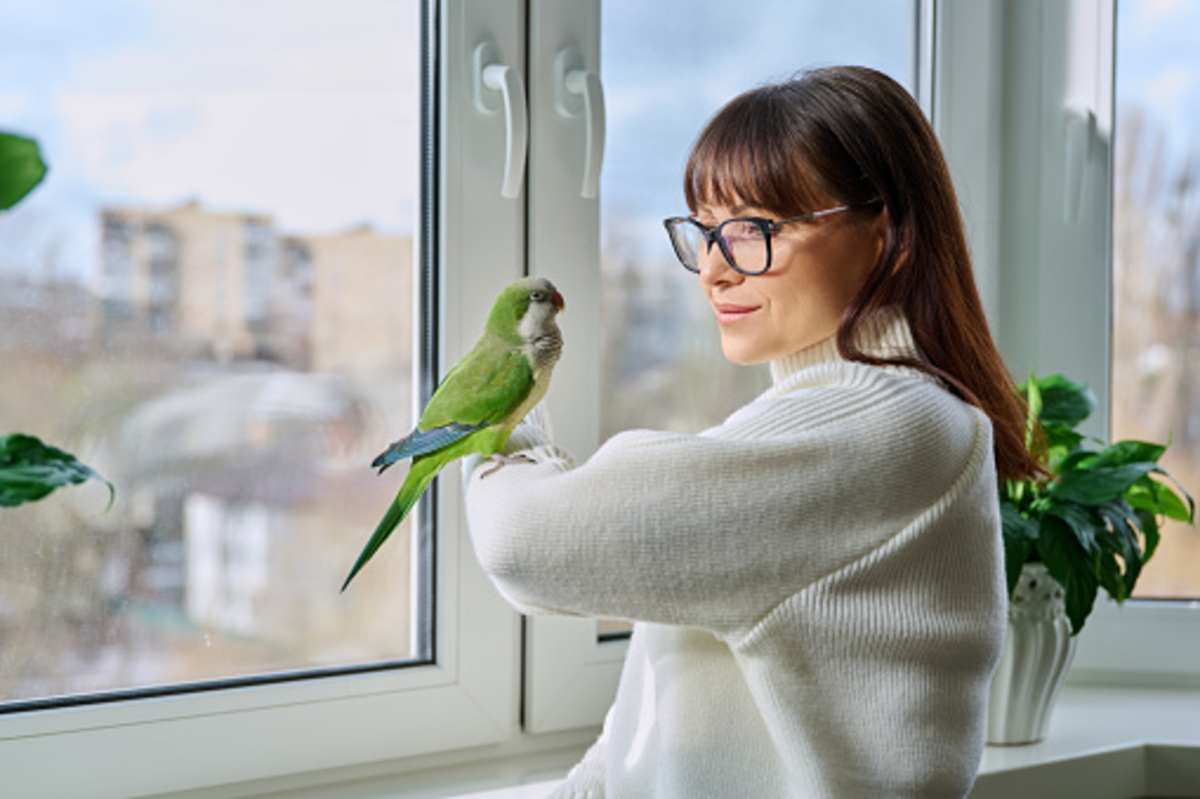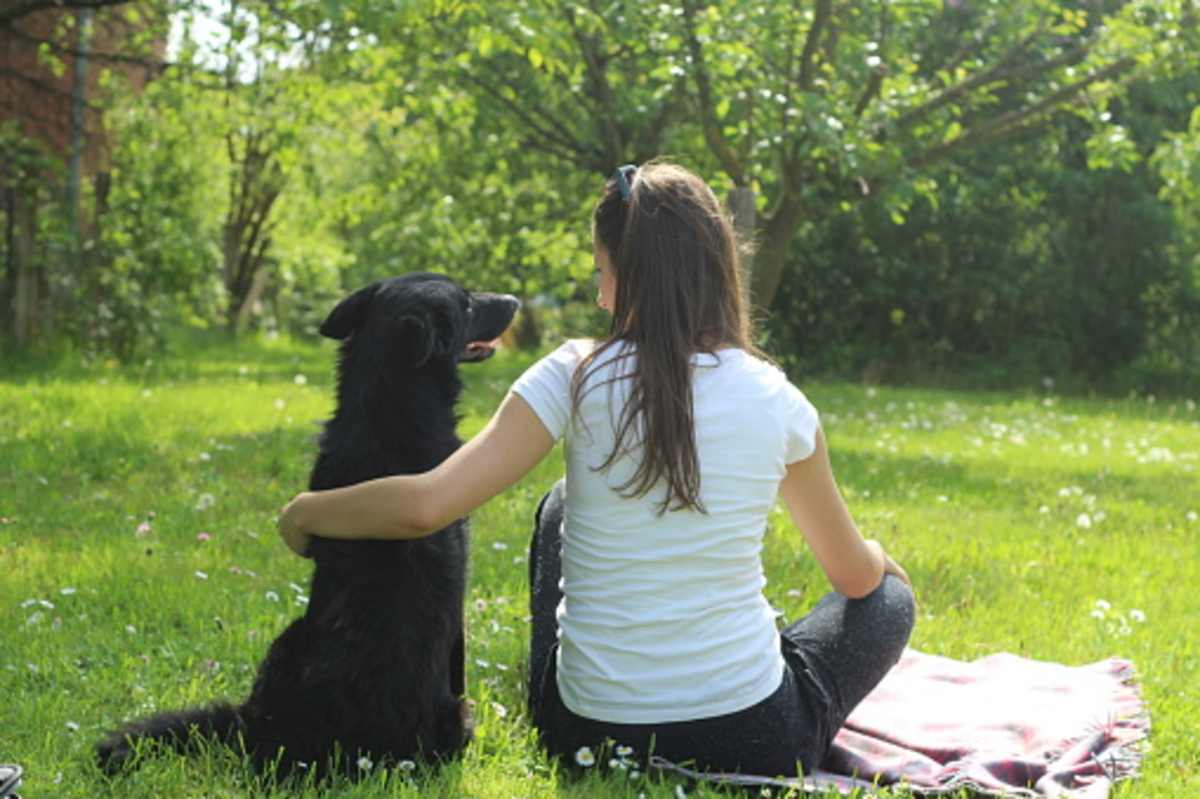7 remarkable traits of people who talk to pets like they are humans – including better stress management

Pet owners are a different breed of humans. They treat their pawed pals just like any other individual in their home and even express their honest thoughts about life and routine. This is called the pet-conversationalist phenomenon. An observational study deciphered the psychology behind habitually conversing with pets as if they were humans and what it says about the pet owners. It turns out that they demonstrate seven remarkable traits that are more pronounced than those of other human beings, as reported by VegOut.
1. Heightened empathy

Carl Rogers, an influential psychologist, defined empathy as a “respectful understanding of what others are experiencing.” In general, an empathic tendency takes note of the emotional states across species barriers and responds accordingly. When pet owners talk to their furry members, explaining why any behavior is discouraged or simply ranting about their bad day, it goes beyond archetypal pet-owner interactions. However, such individuals do not expect a verbal response from their listener but find comfort in their pet’s quiet gaze or attentive posture. This aspect also hints at the personal connections they form with other humans as they practice emotional attunement with their pets.
2. The power of pet talk

One may presume that the mere presence of a pet lowers cortisol levels and helps them feel relaxed after a long day at work. Well, they probably haven’t tried talking to their pets. Pet owners who converse with their pets like humans show decreasing stress responses by verbally managing their stress, as per research published in the journal ResearchGate. Just like how self-talk increases cognitive performance and helps maintain a positive attitude, articulating your problems out loud to a non-human audience can help clarify thoughts and reduce emotional pressure. As a result, people with this power can express their concerns to their pets at length, serving as an informal therapy, and encourage better stress management.
3. Advanced self-awareness

We saw this coming. An individual who can discuss life with their pets is bound to demonstrate remarkable self-awareness. The fact that they are speaking to a non-verbal and simultaneously non-judgmental listener creates a safe space that allows for a free flow of emotions. The silent but attentive posture of their dog urges the human to self-reflect and process their feelings. Hence, pet conversations ultimately serve as a form of externalized internal dialogue and help us better understand their patterns.
4. Non-verbal communication

Every human interaction comes with the expectation of a verbal response. The power of listening often gets undermined amidst the noise of talks, but pet owners who regularly talk to their pawed pals have learned to let go of that expectation. The regular pet conversations have unwittingly turned them into master communicators without depending on words. During pet interactions, these individuals observe the non-verbal cues of pets, such as tail wagging, ear positions, and shifts in posture. “Language is not just a means of communication, it’s a tool for thinking,” said Steven Pinker, a psychologist and linguist.
5. Creative expression

It’s no surprise that people who partake in avid pet conversations are creative. The conversations are unlike bland human interactions, and mostly involve creating imaginative scenarios, backstories, and developing unique vocabularies along the way. Imaginative thinking and cognitive flexibility are the traits driving creativity in them. For these people, their cats have a personality of their own, one that they are comfortable sharing thoughts with. In conversations with the pet, the owner is using the same creative muscles needed for problem-solving and innovation.
6. Ease with emotional vulnerability

Pet conversations might seem like a one-sided communication pattern, but the interaction says more about the human than the pet. They feel no restraint in sharing their fears, dreams, and secrets as the animals are not morally equipped to judge, gossip, or offer advice, thus allowing the person to be openly vulnerable. “Vulnerability sounds like truth and feels like courage. Truth and courage aren’t always comfortable, but they’re never a weakness,” explained Brene Brown in her research on vulnerability. Free expression of vulnerability trains the person to be authentic in relationships beyond their pets and encourages genuine connection.
7. Great listeners
Listening is a trait that is largely compromised in this generation. However, people who engage in elaborate conversations with pets without expecting a verbal response from them also make for great listeners. For them, the non-verbal cues of their pets are indications that keep the conversation going. Resultantly, they develop the ability to remain present even during one-sided interactions. Pet conversationalists practice this non-judgmental listening and end up developing patience and presence.